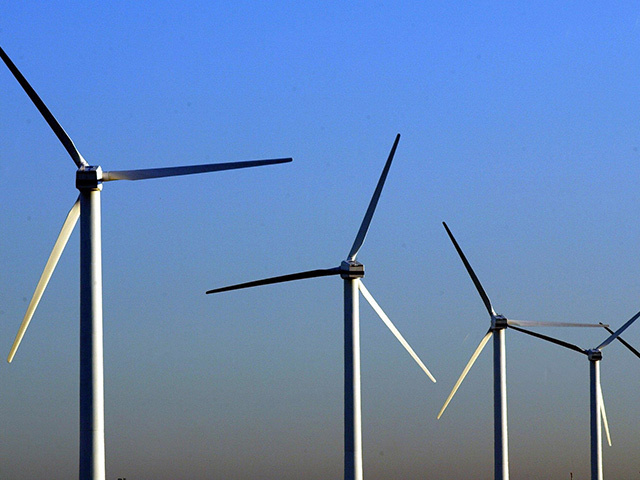
Almost a fifth of the UK’s electricity was generated by renewables in the first three months of this year, official figures show.
Increases in the number of offshore and onshore wind turbines, along with high winds, boosted wind power, while a doubling of average rainfall on the previous year in areas that have hydropower saw electricity from the technology hit record levels.
The increase in renewables, coupled with a fall in the amount of electricity generated overall in the first quarter of 2014, led to wind, hydro, solar, wave, tidal and biomass power plants generating a record 19.4% of the UK’s electricity during the period.
It was an increase of seven percentage points on the same quarter in 2013, when 12.4% of electricity came from renewables.
Low-carbon generation, which also includes nuclear power, made up almost two-fifths of the electricity mix (37.1%) in the first three months of 2014.
Coal, gas and nuclear power generation all fell compared to the same period in 2013.
The figures from the Department of Energy and Climate Change (DECC) also showed that 5.2% of all the UK’s energy, including heating and transport, came from renewables in 2013, an increase from 4.2% in 2012.
The UK has a legally binding target to source 15% of all its energy from renewables by 2020, as part of the European Union’s drive to generate 20% of energy from renewables by the end of this decade.
The latest official figures also prompted calls for national targets for European countries for generating energy from renewables for 2030, which the UK Government has argued against.
“Renewables and energy efficiency are the best no-regrets options for both reducing exposure to international energy market shocks and reducing greenhouse gas emissions,” said Dr Nina Skorupska, Renewable Energy Association chief executive, making the call ahead of an EU summit at which leaders are expected to discuss the 2030 energy and climate package.
“They should be at the heart of the EU strategies to address both energy security and climate change.
“The most cost-effective way to do this that gives investors most certainty is with nationally binding 2030 targets.”
“Every percentage point increase in home-grown renewable energy makes us that much more energy secure.
“The progress in electricity is encouraging, but growth is not yet strong enough in renewable heat and transport to meet the Government’s objectives,” she warned.
Recommended for you

